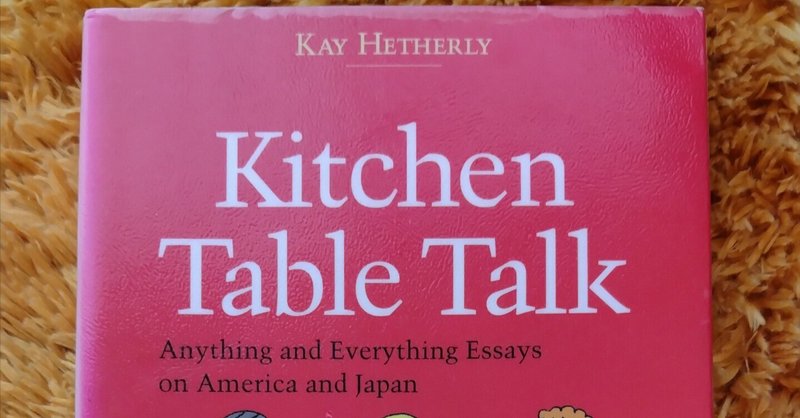
Kitchen Table Talk #1
Hello, there.
I’d love to share about reading today.
I’m in the middle of the book yet, though.
What’s in a name?
According to the Author, they had no meaning when she asked her new students to explain their names in English.
They often explain in “kanji” what it means for the first meeting.
Many Japanese parents give the name to their children with wishes for how they glow up, so they seem to be proud of their names.
On the other hand, American parents give the name to their children by images such as March, April, and so on; these are for girls’ names and have the meaning of the beginning the things, and boys’ names have strong or tough.
In my opinion, Japanese “Taro” is like that.
However, recent parents tend to give their favorite names to them; if the baby is a girl, they give their grandma’s name, and in the case of a baby boy, they give their grandpa’s name.
Sometimes they quote from the bible or the characters of books.
In the author’s case, all of her family members have three letters of first names.
Talking about the number of letters, one of my friends and her husband and their two sons have two letters of “hiragana” and “katakana,” and simultaneously one character of “kanji;” That’s very cool.
According to the author, although the middle name isn’t used so often, only an opportunity to be scolded, her parents call her the combination of the middle and first names.
Talking about the middle name, my American friend told me before that he had two middle names, one from his grandpa and the other from his uncle.
In our case, we gave our son two kanji of name, one kanji from my husband.
My husband’s name consists of two kanji and one from his father; since I refuse to use that, we used another for our son.
This is off the record.
Origin of Gentle Gian is here, just in case.
That’s all for today.
Take care and be safe, everyone.
この記事が気に入ったらサポートをしてみませんか?
